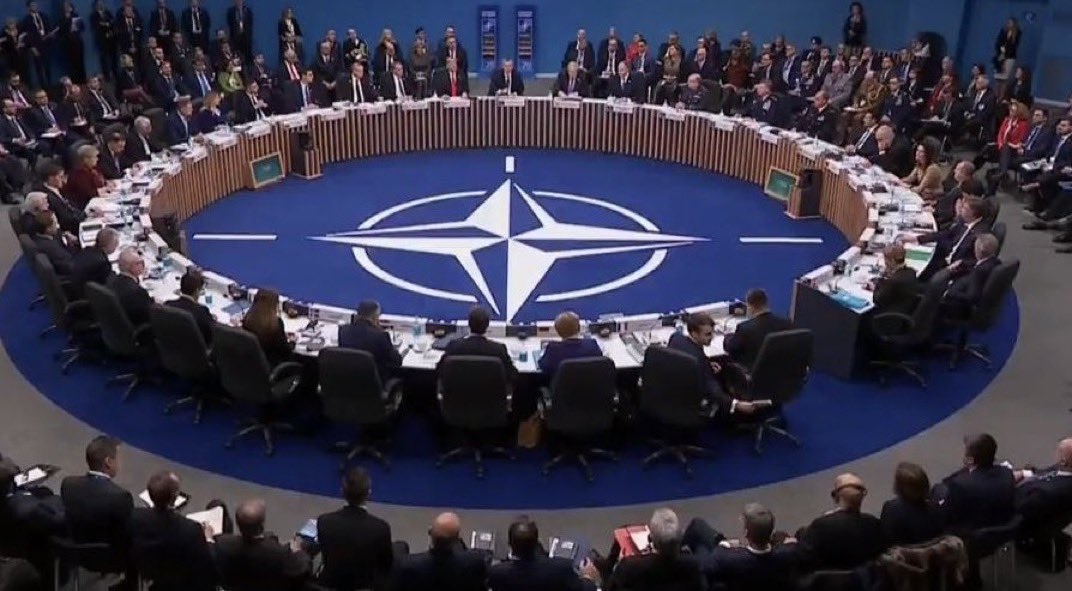


The incursion left Poland no choice—they retaliated by shooting down the drones, marking the first time a NATO member has taken military action in the Ukraine war.
Prime Minister Donald Tusk swiftly invoked Article 4 of the NATO Treaty, demanding urgent consultations with allies. This is not just a regional flare-up—it may be the opening gambit of a far more serious European crisis.
“The shooting down of drones threatening our security is a success for Polish and NATO forces, which simultaneously changes the political situation,” he said.
“In this regard, allied consultations have taken the form of a formal request to activate Article 4 of the North Atlantic Treaty,” he added.
Ukraine’s president, Volodymyr Zelenskyy, called the drone strike “an extremely dangerous precedent,” imploring Europe and the United States to mount a unified response. Kyiv’s warning wasn’t hyperbole—over 415 drones and 40 missileswere unleashed on Ukraine that night, with eight being targeted at Poland.
Poland’s unequivocal use of force reveals that what may once have seemed like a stray drone has now become a calculated provocation. Tusk labelled the incursion “large-scale” and warned Britain that the risk of open conflict is closer than at any time since 1945—even if Poland didn’t declare war outright.
Invoking Article 4 marks a serious shift: it allows allied consultation but stops short of guaranteeing the military response of Article 5. Poland is effectively warning: “This ends here.” NATO’s quick reaction—scrambling Dutch F-35s, Italian AWACS, and Polish F-16s—was textbook cohesion, yet Warsaw rightly demanded more. “Russia’s war is escalating, not ending,” Europe’s foreign policy chief Kaja Kallas declared, calling for tougher sanctions.
This drone strike adds to a growing pattern of hybrid warfare—already seen in sabotage of infrastructure, attacks on pipelines, and electronic sabotage. But now it edges dangerously close to a direct military confrontation in NATO airspace.
The incident highlights a longstanding deficit in European defence: while governments arm Kyiv and threaten sanctions, they remain woefully unprepared for direct aggression. Poland may be the first domino, but Romania, Lithuania, and others along NATO’s eastern flank should feel the tremor. Previous drone incursions were fleeting, contained. Each flash paints a sobering picture that now demands strategic recalibration.
Europe has neither sharpened its air-defence umbrella nor streamlined public warning systems for emergencies. The resulting vulnerability invites more bold probes—until the alliance stops them with force or cohesion.
Poland’s reaction was swift: airspace closures at Chopin and Lublin airports, a government crisis summit, and SMS alerts urging citizens to stay indoors. The message was clear: the state is responding—and will not hesitate again.
Poland also summoned the Russian charge d’affaires, in a move that keeps this confrontation within the diplomatic lane—for now. That exercise in balance will be hard to maintain if more drones or missiles slip through again.
Wake up, Brussels. Until now, EU elites have acted as though resilience means funding green transitions and subsidy schemes—while ignoring the possibility that war might once again break Europe’s façade of peace.
This drone incursion reshapes everything—because while Ukraine bleeds, the West’s readiness to protect its own people has, so far, been symbolic, not strategic.
Poland has grabbed Europe’s attention—and NATO must respond. A multilateral air-defence network, prepositioned rapid response jets, and harmonised command protocols are long overdue.
Let us hope the alliance’s complacency has been broken by this breach. If not, the skies over Eastern Europe may once again decide the continent’s future.